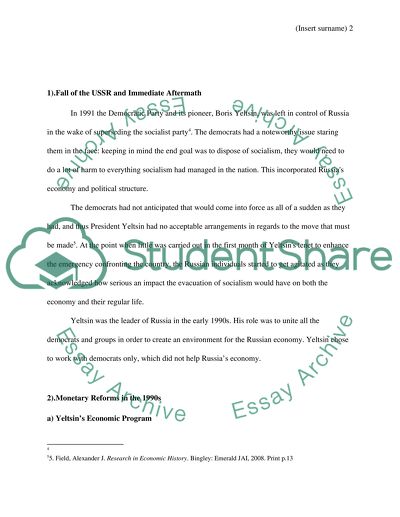Cite this document
(“The russian economy from the fall of communism (1991) to joing the wto Essay”, n.d.)
Retrieved from https://studentshare.org/history/1681213-the-russian-economy-from-the-fall-of-communism-1991-to-joing-the-wto-2012
Retrieved from https://studentshare.org/history/1681213-the-russian-economy-from-the-fall-of-communism-1991-to-joing-the-wto-2012
(The Russian Economy from the Fall of Communism (1991) to Joing the Wto Essay)
https://studentshare.org/history/1681213-the-russian-economy-from-the-fall-of-communism-1991-to-joing-the-wto-2012.
https://studentshare.org/history/1681213-the-russian-economy-from-the-fall-of-communism-1991-to-joing-the-wto-2012.
“The Russian Economy from the Fall of Communism (1991) to Joing the Wto Essay”, n.d. https://studentshare.org/history/1681213-the-russian-economy-from-the-fall-of-communism-1991-to-joing-the-wto-2012.


